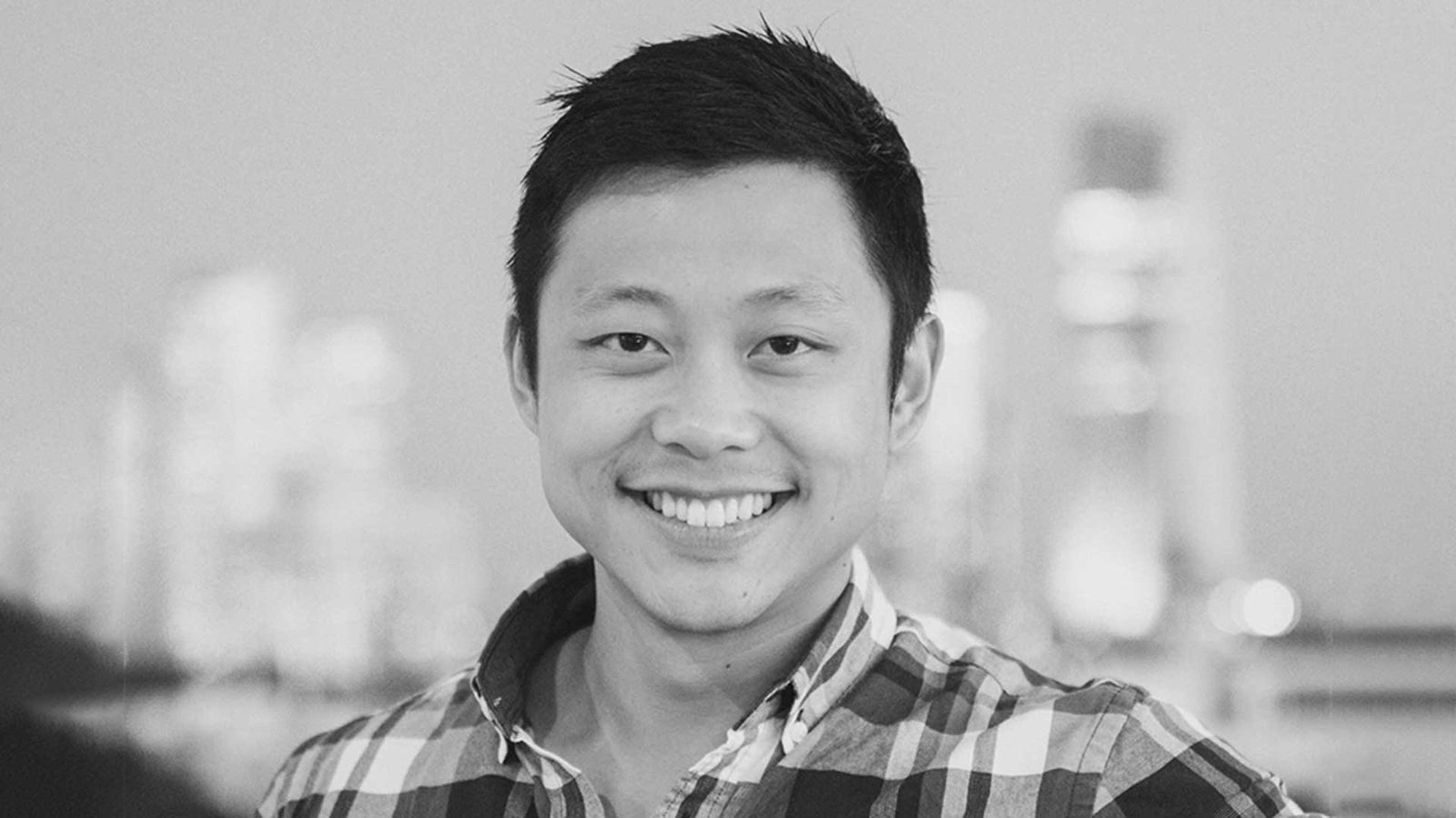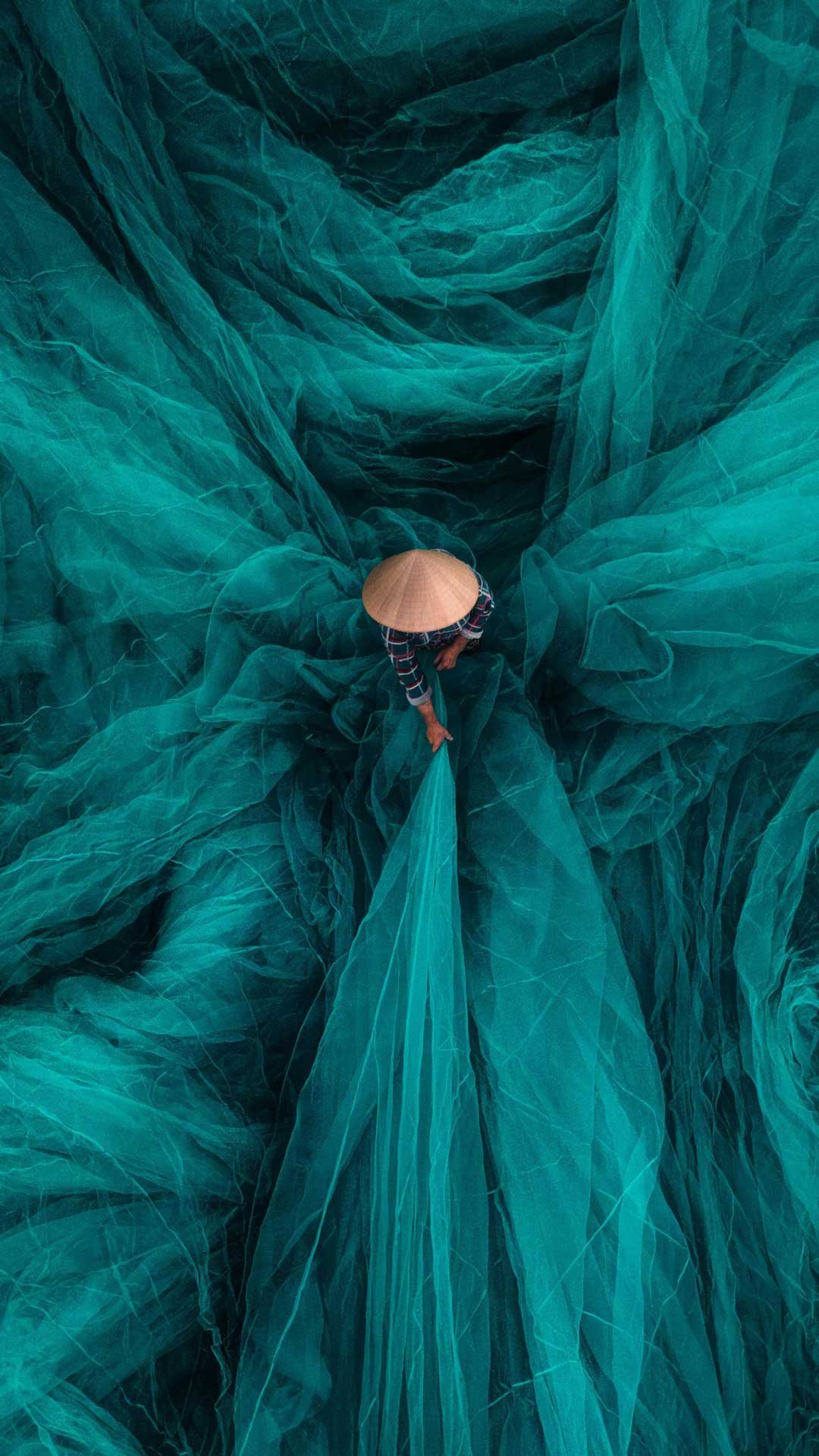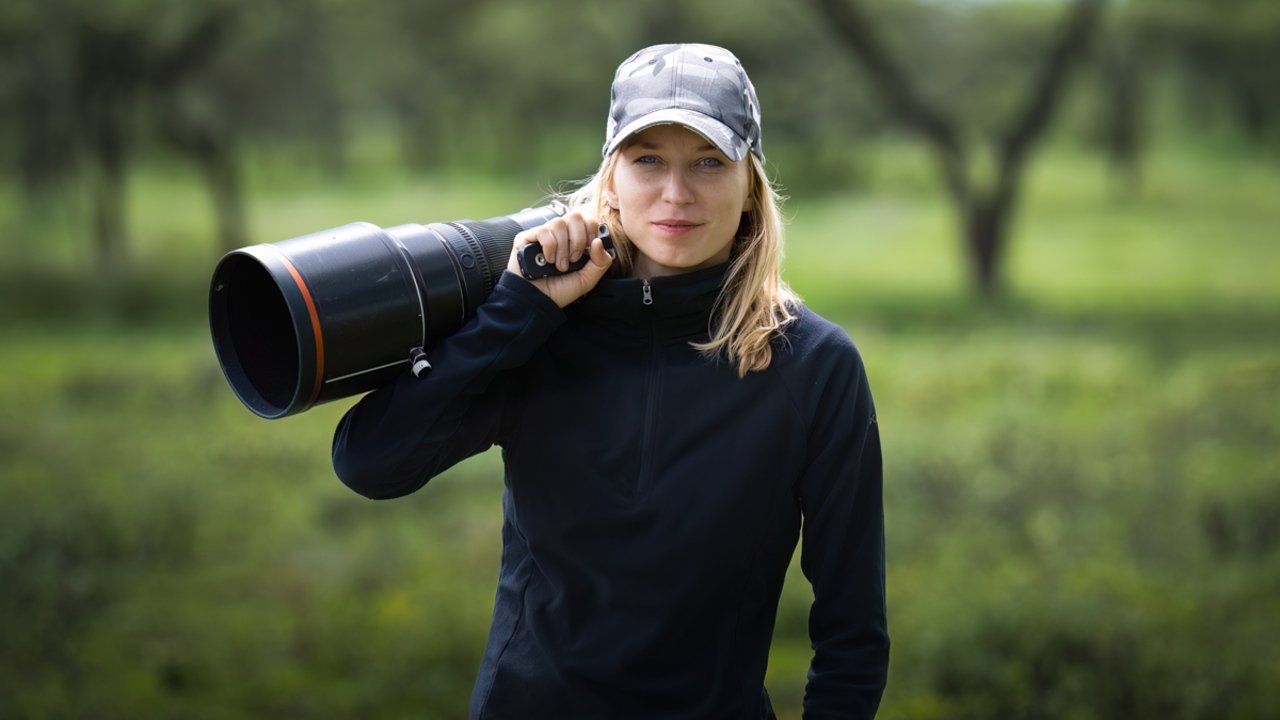
An Interview with Lei Gao: The Artistic Storytelling of Gaze Up
July 24, 2025
Chasing Success: A Conversation with Daniel Gilpin Behind His Award-Winning Career
July 28, 2025Chris Ha
Chris Ha is a self-taught photographer in Miami, originally from Canada. He began shooting live concerts, capturing fleeting energy, before shifting to travel photography inspired by everyday beauty. His style uses symmetry, texture, and light to tell stories that make viewers pause and connect.
I’m incredibly honored to be recognized by the MUSE Photography Awards.
I’m a self-taught photographer based in Miami, originally from Canada. I first picked up a camera years ago while shooting live concerts — chasing energy, emotion, and those blink-and-you’ll-miss-it moments on stage. Over time, my focus gradually shifted toward travel photography, which has become my biggest source of inspiration. There’s something powerful about being in a new place and capturing the quiet beauty, traditions, and rhythm of everyday life.
Since those early days, my style has evolved to focus more on visual storytelling. I’m drawn to symmetry, texture, and light — and whether I’m shooting from the ground or from the sky, I try to create images that make people pause and feel something. Photography has become my way of connecting with the world, and I’m always chasing new perspectives to help others see it a little differently too.
Traditions from Above: Stories of Vietnam's Craft and Culture was born out of a deep appreciation for the everyday rituals that keep tradition alive. While traveling through Vietnam, I was constantly inspired by the care and intention behind each craft — whether it was tea harvesters moving in rhythm across the fields or fishermen hand-weaving massive nets along the coast. I wanted to capture these stories from a perspective that felt both intimate and expansive, using my drone to reveal the patterns, textures, and quiet beauty in each scene.
Winning this award is incredibly meaningful. As a self-taught photographer who’s learned everything through curiosity and consistent practice, it feels surreal to have this series recognized on a global platform. It’s a reminder that powerful storytelling doesn’t always need words — and that when you create from a place of intention, it can resonate far beyond where the photo was taken.
For me, it always starts with emotion. I want every photo I submit — and really, every photo I share — to feel like an art piece. Something that not only looks beautiful, but tells a story and makes you feel something.
When choosing images for a competition, I focus on the ones that have both strong composition and intention behind them. I ask myself: Does this image make someone pause? Does it transport them or invite them into a deeper narrative? I also think about how well it reflects my voice as a photographer and whether it aligns with the theme of the competition.
At the end of the day, it’s about submitting work that’s visually compelling and creatively true to how I see the world.
I first picked up a camera back in high school, around the same time I started working at a local photo lab. I spent years there through high school and college, developing rolls of film, scanning negatives, and studying prints — without even realizing it, I was learning the fundamentals of light, color, and composition.
Being surrounded by so many different kinds of images every day sparked my curiosity and appreciation for photography as a form of storytelling. Eventually, I started bringing my own camera to concerts and events, which is where I first began shooting seriously. That hands-on experience in the lab gave me a strong foundation, and from there, it’s been a journey of constant learning and creative evolution.
My favorite type of photography is capturing culture in the moment — the kind of everyday scenes that people might walk past without noticing. I love finding beauty in the ordinary: a street vendor prepping food, workers weaving fishing nets, or a quiet alley that tells a story through its textures and light.
There’s something really powerful about preserving those moments, especially when they’re framed with intention and brought to life through color. I love making colors pop — in a way that draws your eye to what matters and helps you feel the energy of the place. For me, it’s about honoring real life while still creating something that feels visually rich and layered.
My go-to setup is the Canon R5 paired with the 24-70mm lens. It’s incredibly versatile, which is exactly what I need when I’m shooting everything from street scenes to wide landscapes or quick candid moments. The image quality is top-tier, and the dynamic range helps me bring out the richness in light and color — especially when I’m editing.
For aerial work, I use the DJI Mini 4 Pro. It’s lightweight, easy to travel with, and still delivers stunning detail and control from above. Aerial photography has become a big part of how I tell stories — it allows me to reveal patterns and perspectives you’d never see from the ground.
One of my favorite features on the R5 is the eye-tracking autofocus. It’s fast and reliable, which gives me the freedom to stay in the moment and focus on composition without worrying about missing the shot. Between both tools, I’m able to capture scenes from multiple perspectives, which adds a lot of depth to my projects.
If someone looked at my work, I’d want them to feel connected — to the place, the people, and the story behind the moment. Whether it’s a quiet scene in a small village or a wide aerial view of workers in motion, I want my photos to spark curiosity and appreciation for the beauty found in everyday life.
At the end of the day, I hope my work makes people pause — even just for a second — and see the world with a little more wonder and intention.
One of the biggest challenges in capturing Traditions from Above: Stories of Vietnam's Craft and Culture was timing — both in terms of light and movement. A lot of the scenes were captured from above using a drone, and I had to be incredibly patient to get the composition just right. Whether it was waiting for tea harvesters to fall into rhythm or fishermen to fan out their nets in a perfect flow, I only had a few seconds to catch that harmony from the sky.
There’s also a level of unpredictability when working with real people in real environments — no staging, no do-overs. That’s part of what makes these moments so special, but it also means being ready, adapting quickly, and trusting your instincts.
One of the most challenging parts of capturing Traditions from Above: Stories of Vietnam's Craft and Culture was working with natural rhythms I couldn’t control. These were real people doing real work — tea harvesters, fishermen, artisans — and I wanted to respect their space while still capturing the story from above. Timing was everything. I often had to wait for the right moment when the movement, light, and composition aligned.
Using a drone added another layer of complexity. Wind, lighting shifts, and tight flying conditions meant I had limited chances to get the shot. But that unpredictability is also what made the process so rewarding — the best frames were the ones that came together organically, when all the elements just clicked.
One of my biggest influences has been my early days as a concert photographer. Shooting live shows taught me how to anticipate moments, work with unpredictable light, and capture emotion in a split second — all of which shaped how I shoot today.
I’m also constantly inspired by the work of travel photographers I follow on social media. Seeing the way they document the world — with creativity, consistency, and vision — pushes me to level up and reminds me what’s possible when you stay curious and committed to your craft.
Entering photography awards can feel intimidating at first, but it’s one of the best ways to grow — not just in recognition, but in how you see and value your own work. It challenges you to reflect on your style, your voice, and the kind of stories you want to tell. Whether you win or not, the process itself is incredibly rewarding.
My advice? Be intentional with what you submit. Choose photos that feel personal, not just popular. Think about the story you’re telling and why it matters. Presentation matters too — how you title your work and write about it can bring even more depth to your submission. And most importantly, stay true to your vision. The work that stands out is always the work that comes from a real place.
One piece of advice I’d give to someone just starting out is to shoot as much as you can — and don’t worry about having the best gear. Focus on learning how to see. Pay attention to light, composition, color, and the stories unfolding around you.
Photography is a craft that rewards patience and consistency. The more you shoot, the more you’ll develop your own style and voice. And don’t be afraid to make mistakes — that’s where a lot of the learning happens. Stay curious, stay open, and most of all, enjoy the process.
Editing and post-processing play a huge role in my creative workflow — it’s where I really bring the vision to life. I always aim to get the best possible shot in-camera, but editing is where I fine-tune the mood, tone, and feeling I want the image to convey.
For me, it’s not about drastically changing the scene — it’s about enhancing what’s already there. I love using color grading, contrast, and selective adjustments to draw the viewer’s eye and amplify the story within the frame. It’s a balance of technical skill and creative intuition, and it’s one of the parts of the process I enjoy most.
Technology — especially AI — is definitely reshaping the future of photography. From smarter editing tools to improved camera features, it’s making the process more efficient and accessible, which is exciting. AI can speed up things like masking, sorting, and even suggesting edits, allowing photographers to spend more time focusing on creativity and storytelling.
For me, I see it as a tool, not a replacement. I’ll always value the human side of photography — the intention behind the shot, the emotional connection, the spontaneity. But I’m also open to using technology to support my workflow and push what’s possible, especially when it comes to editing or exploring new perspectives. As long as the heart of the work stays authentic, I think AI can be a great creative partner.
If I could photograph anything, it would be more of the world — especially places that are rich in culture and tradition but often overlooked. I’m on a personal mission to reach 50 countries before I turn 50, and each destination brings a new story, a new perspective, and a new opportunity to see beauty in unexpected places.
I’m drawn to everyday moments that feel timeless — whether it’s a craftsman at work, a bustling local market, or a quiet street at sunrise. There’s so much more I want to experience and document, and I hope to keep telling stories that connect people to places they may have never seen before.
Chris Ha
Chris Ha is a self-taught photographer in Miami, originally from Canada. He began shooting live concerts, capturing fleeting energy, before shifting to travel photography inspired by everyday beauty. His style uses symmetry, texture, and light to tell stories that make viewers pause and connect.
Explore the journey of Lei Gao, the Silver Winner of the 2025 MUSE Photography Awards. She got her first camera at university and grew passionate about everyday beauty. After moving to New Zealand in 2016 and pausing her career, she kept photographing. In 2024, she began writing her first book, Land of the Long White Cloud, published in January 2025.






